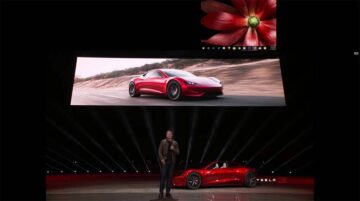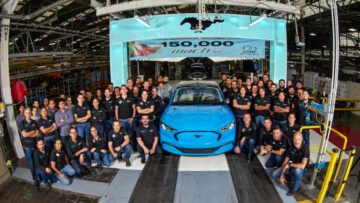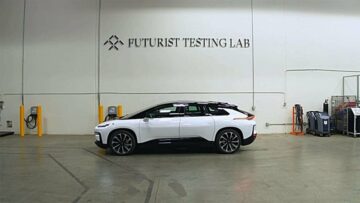After more than two years of struggling to find critical semiconductors, there are signs the chip shortage is beginning to ease and that’s good news from automotive manufacturers and consumers alike.

That should translate into fewer production halts, according to Sam Fiorani, chief analyst with AutoForecast Solutions. That means automakers will have more products to sell, improving their bottom line. In turn, there will be more vehicles on dealer lots, meaning it should be easier for consumers to find the vehicles they want. And with higher inventories, dealers may feel pressure to ease off on the often substantial markups they’ve hit buyers with over the last several years.
But the improved supply of chips isn’t universal. “Over the past two years, manufacturers have found new ways to secure chips,” Fiorani said in a Friday morning interview. “Unfortunately, some manufacturers haven’t done as well as others.”
Still some volatility
Several automakers, including Stellantis, General Motors and Hyundai, have told TheDetroitBureau.com they’re having better luck lining up chip supplies. Others have been more cautious, indicating they still fear they could run into problems.
And many manufacturers “are still struggling to get a hold of the situation,” Fiorani added, pointing specifically to Toyota, Ford and Volkswagen. A report by Bank of America found Volkswagen set to trim about 65,000 vehicles from its first quarter production schedule. Toyota has endured repeated cuts, including a series of temporary plant idlings in December and January.
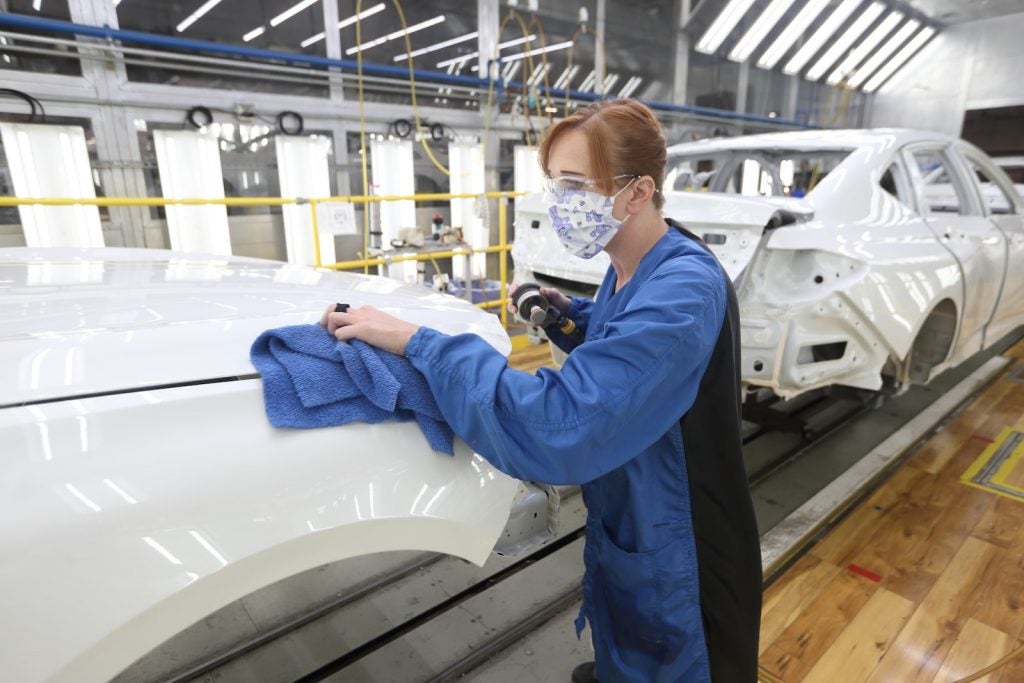
Honda, for its part, is just digging out. It expects to lose production of about 250,000 vehicles during the fiscal year ending March 31. But we “are starting to see the situation bottom out,” Chief Operating Officer Eiji Fujimura said during a quarterly earnings announcement last week.
The semiconductor shortage is largely the result of the COVID pandemic, industry experts said. Automakers facing wholesale lockdowns — including a roughly three-month closure of factories — and the expectation of a sales collapse cancelled long-term purchase agreements with chip suppliers.
Those semiconductor manufacturers found a ready market for their products, however, among electronic equipment manufacturers for goods such as smartphones and video cameras. And when auto sales recovered more rapidly than expected, carmakers struggled to renew chip shipments.
During 2021 alone, AlixPartners estimated the industry lost production of at least 4 million vehicles and as much as $150 billion in revenues. The losses mounted in 2022.
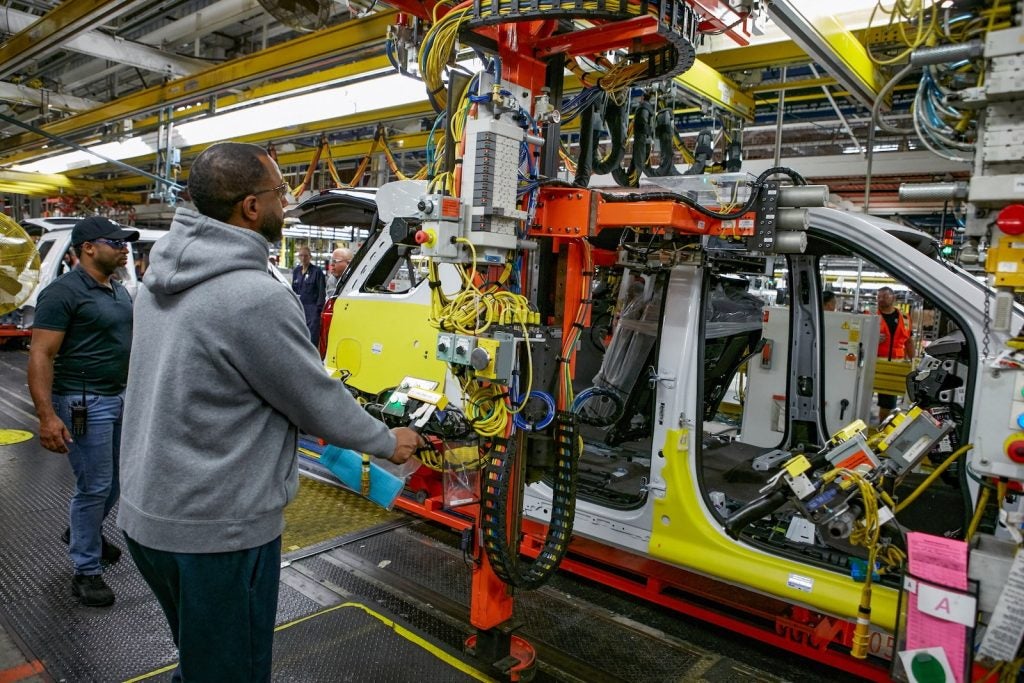
Working around problems
Automakers have struggled to find ways to sidestep the impact of the shortages. Ford and GM, for example, deleted some features, such as seat heaters, to keep lines going and ship products to dealers. BMW was forced to eliminate the touchscreen feature on some of its models. Many carmakers partially completed vehicles then parked them in holding lots until they could line up missing chips and semiconductor-dependent components.
The production cuts brought U.S. dealer inventories down to less than 1 million vehicles during much of 2021 and 2022, according to J.D. Power, a third of the industry norm. Recent reports from Power and Cox Automotive show the figure has risen to 2 million or more, a big improvement, but still short of the average.
The chip crisis has led to changes in the way automakers sell vehicles, putting more of an emphasis on advance ordering than has been the norm in the U.S., where consumers typically expect to find what they’re interested in on dealer lots. Meanwhile, dealers have made up for lost volumes by adding markups that can run into the thousands, even tens of thousands of dollars on the most popular vehicles.
Today, chips “are in better supply,” said Sam Abuelsamid, principal analyst with Guidehouse Insights. Manufacturers have been working out new contracts with suppliers. And they’re also taking steps to assure future shipments. General Motors this month inked a deal to produce its own line of chips.
But the industry isn’t out of the woods, Abuelsamid added. “The situation is better it’s not 100% yet. But there are still shortages of other supplies. It’s not silicon anymore.”
He ponted to ongoing shortages of noise insulation materials, sensors, and “all sorts of (other) parts.” And these are likely to continue disrupting automotive production in 2023, even for manufacturers that finally have found all the chips they need.
- SEO Powered Content & PR Distribution. Get Amplified Today.
- Platoblockchain. Web3 Metaverse Intelligence. Knowledge Amplified. Access Here.
- Source: https://www.thedetroitbureau.com/2023/02/chip-shortage-eases-but-problems-remain/
- 000
- 1
- 2021
- 2022
- 2023
- a
- About
- According
- added
- advance
- agreements
- All
- alone
- america
- among
- analyst
- and
- Announcement
- around
- Assembly
- auto
- automakers
- automotive
- average
- Bank
- Bank of America
- Beginning
- Better
- Big
- Billion
- BMW
- Bottom
- brought
- buyers
- cameras
- cautious
- certain
- Changes
- Chevrolet
- chief
- Chief Operating Officer
- chip
- chip shortage
- Chips
- closure
- Collapse
- COM
- Completed
- components
- Consumers
- continue
- contracts
- could
- Covid
- crisis
- critical
- cuts
- deal
- dealer
- December
- dollars
- down
- during
- Earnings
- Eases
- easier
- Electronic
- eliminate
- emphasis
- equipment
- estimated
- Even
- example
- expect
- expectation
- expected
- expects
- experts
- facing
- factories
- fear
- Feature
- Features
- Figure
- Finally
- Find
- First
- Fiscal
- For Consumers
- Ford
- found
- Friday
- from
- future
- General
- General Motors
- get
- GM
- going
- good
- goods
- Hard
- having
- higher
- Hit
- hold
- holding
- However
- HTTPS
- Hyundai
- Impact
- improved
- improvement
- improving
- in
- Including
- industry
- industry experts
- inked
- insights
- interested
- Interview
- issues
- IT
- J.D. Power
- January
- Keep
- Kentucky
- largely
- Last
- Led
- likely
- Line
- lines
- lockdowns
- long-term
- lose
- losses
- luck
- made
- maintain
- Manufacturers
- many
- March
- Market
- materials
- max-width
- meaning
- means
- Meanwhile
- million
- missing
- models
- Month
- more
- morning
- most
- Most Popular
- Motors
- Need
- New
- news
- Noise
- Officer
- Ohio
- ongoing
- operating
- Options
- Other
- Others
- own
- pandemic
- part
- parts
- past
- pilot
- plato
- Plato Data Intelligence
- PlatoData
- Popular
- power
- pressure
- Principal
- problems
- produce
- Production
- Products
- purchase
- Putting
- Quarter
- rapidly
- ready
- recent
- remain
- repeated
- report
- Reports
- result
- revenues
- Risen
- roughly
- Run
- Said
- sales
- Sam
- schedule
- secure
- sell
- semiconductor
- Semiconductors
- sensors
- Series
- set
- several
- Short
- shortage
- shortages
- should
- show
- Signs
- Silicon
- simply
- situation
- smartphones
- Solutions
- some
- specifically
- Starting
- steady
- Steps
- Still
- Struggling
- substantial
- such
- suppliers
- supply
- taking
- temporary
- The
- their
- Third
- this year
- thousands
- to
- Touchscreen
- toyota
- translate
- truck
- TURN
- typically
- u.s.
- Universal
- Vehicles
- Video
- volkswagen
- volumes
- ways
- week
- What
- wholesale
- will
- Woods
- working
- working out
- year
- years
- zephyrnet






